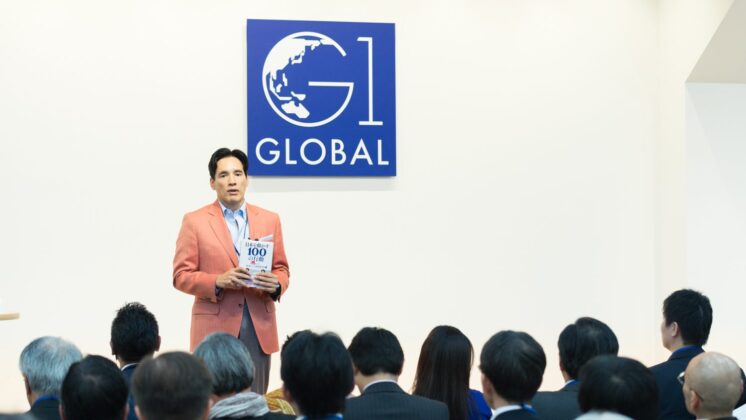There are a total of 52,670,000 employees in Japan. The number of non-regular employees has been increasing to reach 19,530,000, or 37.1% of all employees. This is almost double the 9,580,000 non-regular employees in 1992, immediately after the collapse of the bubble economy. This is attributable to labor regulations that are designed to protect regular employees. They do this so well that, contrary to intention, they result in the institution of high eligibility criteria for regular employment that many cannot meet. To support the growth of the Japanese economy, it is essential to develop labor regulations that enable the smooth transition of workers to growth industries. We need to change the labor regulations in a direction that will mobilize and activate the labor market.
1. Lift Restrictions on the Dismissal of Employees!
With regard to restrictions on the dismissal of employees in Japan, while the Labor Standards Law adopts the principle of near-freedom of dismissal, extremely strict requirements are imposed by common law. Meanwhile, workers at small- and medium-sized businesses, which account for 99% of companies in Japan, do not receive any benefit from these regulations. These workers can be dismissed any time without sufficient monetary compensation.
Therefore, the right of dismissal of employees by companies should be stipulated by the Labor Contract Act and the system should be changed in such a way that companies can dismiss their employees with monetary compensation. (For reference, dismissal with compensation equivalent to 12 to 18 months of salary applies in Germany and 15 to 27 months of salary in Italy). In this way, employees of small- and medium-sized businesses can enjoy the benefits of tightened regulations and large companies can increase the number of regular employees.
2. Remove All Restrictions on Employment Periods for Contract and Temporary Employees!
The objective of the Temporary Staffing Services Law is to prevent the constant use of temporary staff as a substitute for regular employees, which means that temporary employees must not deprive regular employees of their work. Rather than protecting them, this regulation has resulted in depriving temporary employees of their opportunity to work. It would be better to admit the right to dismiss regular employees and remove various regulations on the employment of non-regular employees, followed by a shift to a performance-based pay system of “equal pay for equal work” (explained later). This would remove the disparity between regular and non-regular employees. After the revision to the Temporary Staffing Services Law in 2015, the level of freedom was somewhat increased but the system should be simplified and, as far as possible, made easier to understand.
3. Wage System – Abolish the Seniority-based Wage System and Adopt Equal Pay for Equal Work!
Although there is no primary rational correlation between seniority and productivity, many large Japanese companies adopt a seniority-based wage system. This privileges regular employees but, once they lose their position as a regular employee in the Japanese labor market, their lifetime earnings reduce significantly. This has created a distinct class of regular employees in Japan.
If we remove this seniority-based wage system and adopt a system of “equal pay for equal work” and “performance-based wages,” under which wages are determined based on the amount of work and ability, regardless of age, the disparity between regular and non-regular employees would be removed and the labor market would be activated, causing outstanding talent to flow to the industries where it is needed.
4. Liberate White-Collar Workers from the Constraints of Fixed Hours and Introduce Flextime Systems!
The regulation by law of working hours no longer reflects contemporary circumstances. The truth is that young government officials and young lawyers work overtime to the tune of several hundred hours per month while creators and journalists do not even bother with the concept of “overtime” from the beginning. Restrictions on working hours should be removed, at least for white-collar workers.
Labor administration has expanded under strict labor regulations. Occupational training services are even included in national programs. If the drastic deregulation as previously described is implemented, it will be possible to significantly streamline this bulging administration. Labor administration should be radically simplified by streamlining tasks at the Labor Standards Bureau, which governs labor regulations, and largely privatizing the Human Resources Development Bureau, which is responsible mainly for occupational training, and the Employment Security Bureau, which governs the public Hello Work employment security offices. Through these efforts, labor administration activities should be limited to the minimum ex post facto surveillance administration and the implementation of measures to increase minimum wages.



